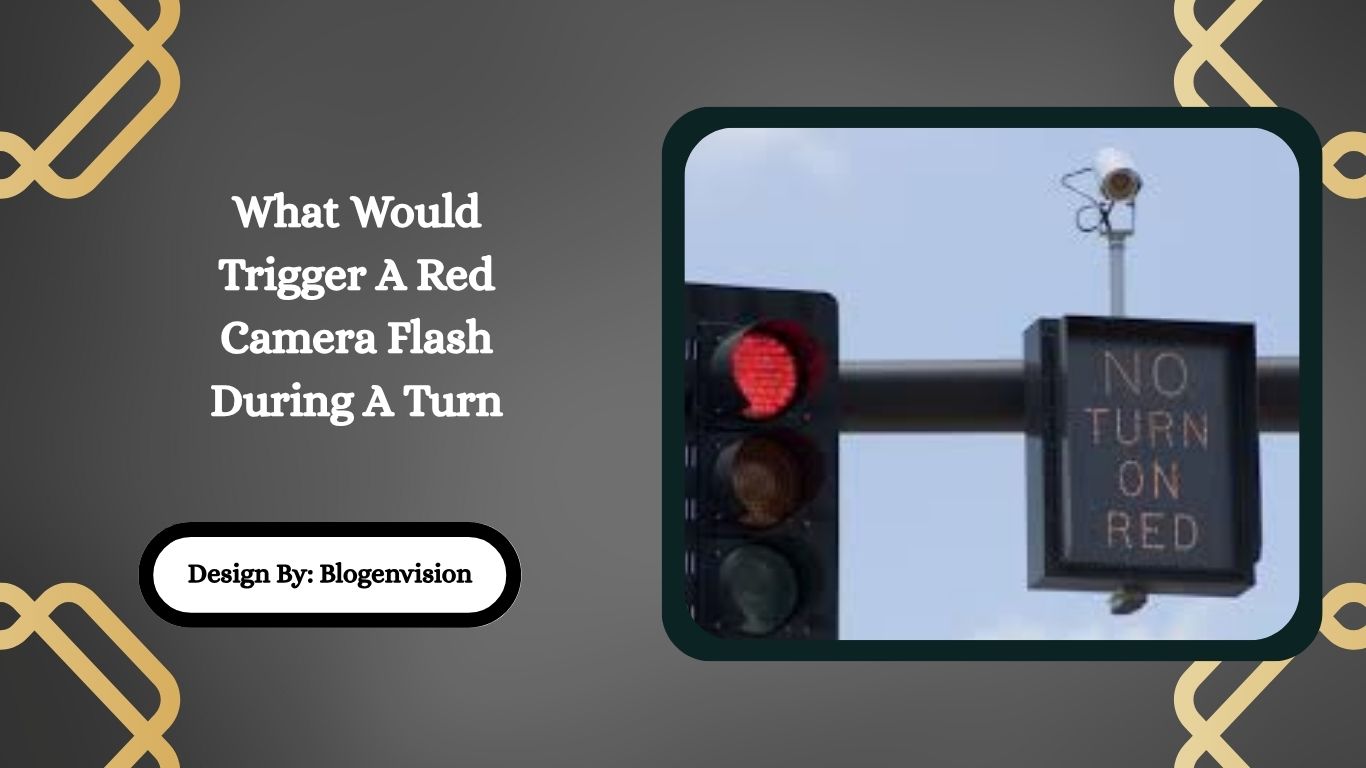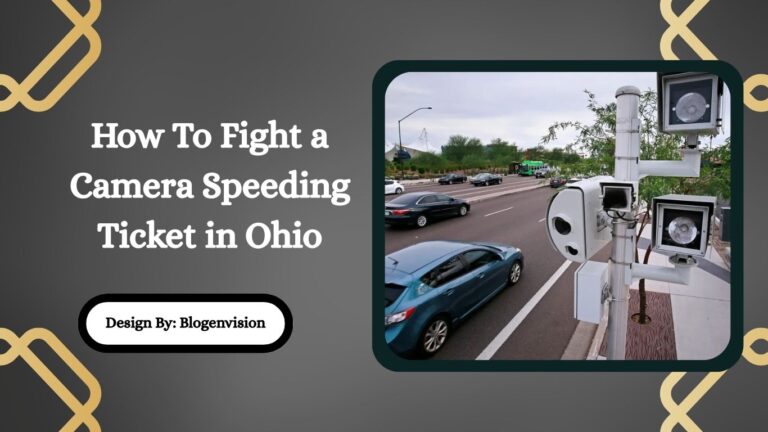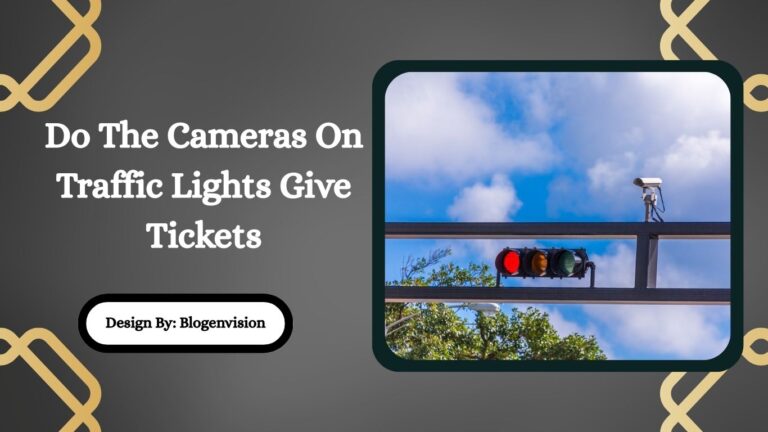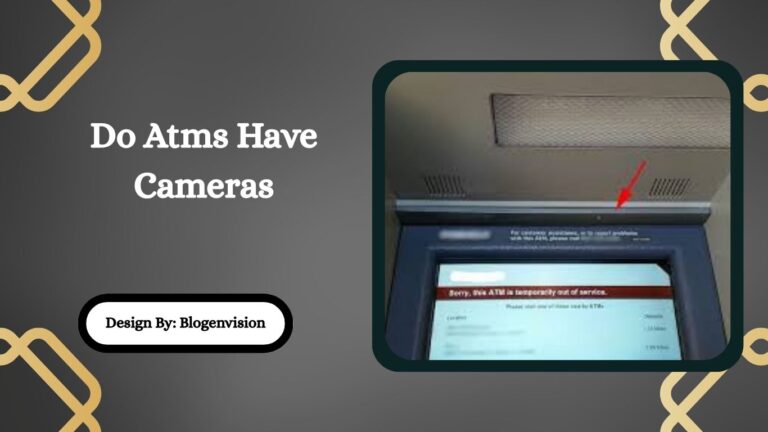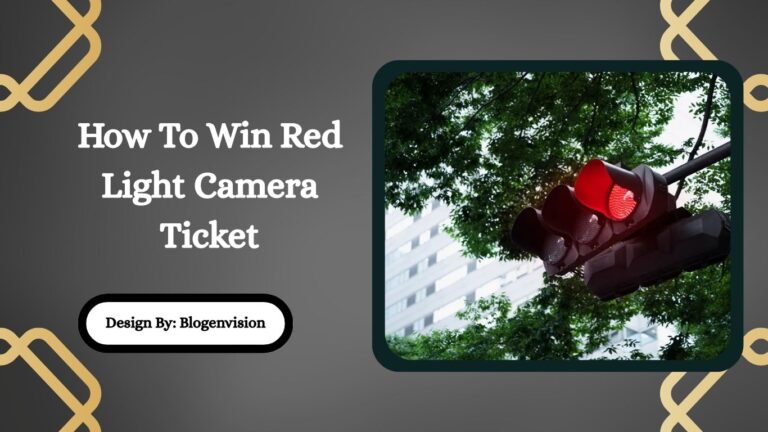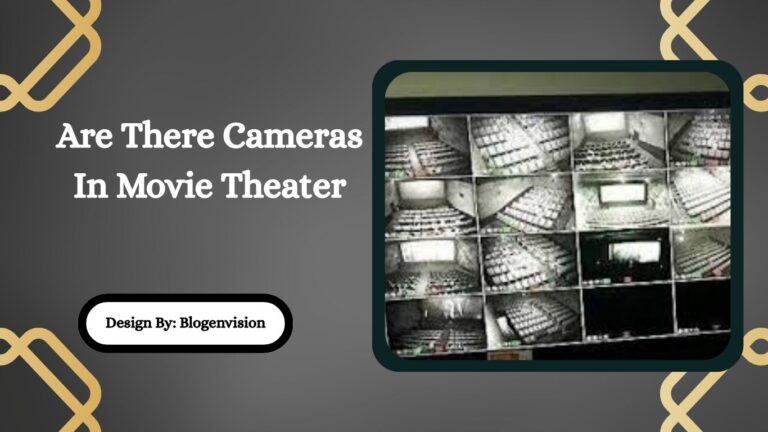What Would Trigger A Red Camera Flash During A Turn
A red camera flash during a turn is typically triggered by rolling through a red light without stopping, turning improperly, or entering the intersection too late. Not all flashes result in tickets.
Red light cameras are designed to monitor intersections, capture traffic violations, and improve road safety. But for many drivers, the sudden flash of a red light camera—especially during a turn—can cause confusion and anxiety. Did I break the law? Will I get a ticket? What triggered it?
In this detailed guide, we’ll explain exactly what can trigger a red camera flash during a turn, how red light cameras work, and what you should do if you’re concerned about receiving a citation.
How Red Light Cameras Work?
Before diving into turn-specific scenarios, it’s important to understand how red light cameras function:
- Sensors are embedded in the road near the stop line.
- These sensors work in tandem with high-resolution cameras and timing systems.
- When a vehicle enters the intersection after the light turns red, the camera captures:
- The license plate
- A wide-angle photo of the vehicle
- A close-up of the driver or car
- Often a video clip of the entire event
- The license plate
Red light cameras may flash once or twice, depending on how the violation is recorded.
What Would Trigger a Red Camera Flash During a Turn?
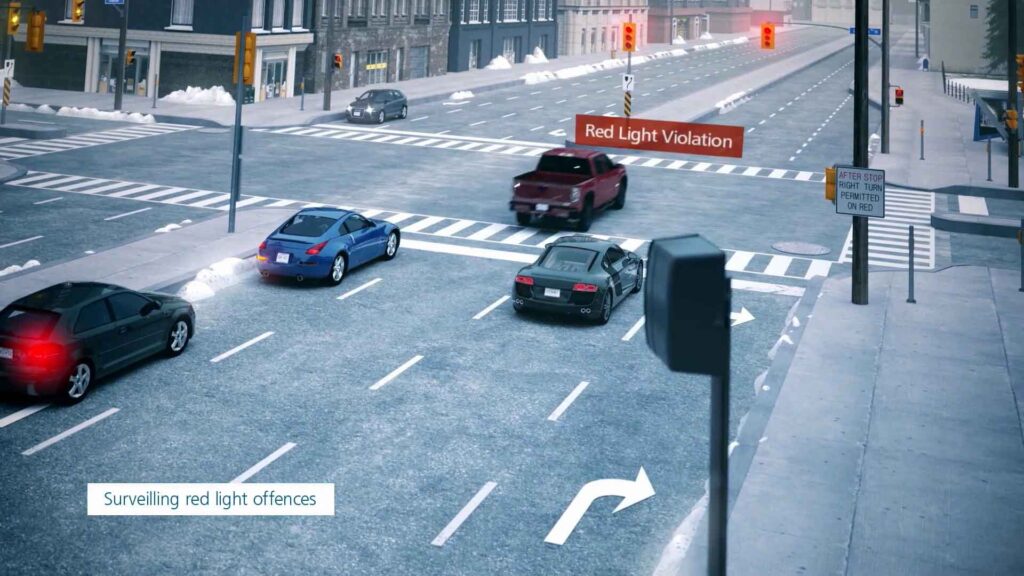
Here are the most common scenarios where a red light camera might flash while you’re turning:
1. Making a Right Turn on Red Without Stopping
Most red light cameras are programmed to catch drivers who fail to come to a complete stop before making a right turn at a red light. Even if turning right is legal, you must stop fully at the line or sign.
🚫 Trigger Example: You slow down, glance, and roll through the corner without stopping. The sensor detects movement past the stop line after the light is red, triggering a flash.
2. Left Turn on Red (Where Prohibited)
In most U.S. intersections, left turns on red are only allowed from a one-way street onto another one-way street. Any left turn at a red light from a two-way street, or where signage forbids it, is a red light violation.
🚫 Trigger Example: Turning left at an intersection when the light is red, even if there’s a gap in traffic, will activate the camera and possibly result in a ticket.
3. Entering the Intersection Too Late on a Protected Turn
If you begin a left turn on a green arrow, but the signal turns red mid-turn and your vehicle crosses the stop line after the light turns red, it can trigger the flash.
🚫 Trigger Example: The yellow arrow ends while you’re approaching the intersection, and your tires hit the sensors after the light has gone red.
4. Crossing the Stop Line After the Light Turns Red
Even without turning, if your vehicle crosses the stop line after the light has turned red, you may trigger a red light camera—even if you stop midway into the intersection or are trying to complete a turn.
🚫 Trigger Example: Traffic is backed up and you creep forward during a red signal, tripping the sensor.
5. False Triggers or Malfunctions
Though rare, cameras can misfire due to technical errors or non-violation movements like:
- Emergency vehicles passing
- A close vehicle triggering your sensor
- Poor weather interfering with the sensor
- A quick flash for testing purposes
⚠️ Important Note: A flash does not guarantee you will receive a citation. The footage is often reviewed by an officer before a ticket is issued.
What Happens After the Camera Flashes?
If your vehicle triggered the camera and authorities deem it a violation:
- You’ll receive a citation by mail within 7–14 days (varies by state).
- The citation will include:
- Images of your car
- The time, date, and location
- A link to a video clip of the violation
- Payment instructions and contest options
- Images of your car
If no violation occurred, or the vehicle was not clearly in the wrong, no citation may be issued—even if the flash went off.
Did I Really Get a Ticket? How to Know
A red camera flash doesn’t always mean a ticket is coming. Here’s how to assess your situation:
| Situation | Likely Ticket? | Reason |
| Rolled through a right turn | Yes | Most common violation |
| Stopped fully, then turned | No | Legal, even if flash triggers |
| Yellow light, mid-turn | Unlikely | Camera usually checks entry timing |
| Entered intersection late | Yes | Crossed after red began |
| Emergency stop or pause | No | Footage reviewed manually |
How to View the Camera Footage
Most municipalities offer online portals where you can:
- Enter your citation number or license plate
- View video and photo evidence
- Decide whether to pay or contest the citation
Tip: Save any screenshots or videos for your records, especially if you’re considering a legal dispute.
Is It Legal to Make a Right Turn on Red?
Yes—in most places in the U.S.—unless signage says otherwise, you may turn right on red after a full stop and if it’s safe.
Check for:
- No Turn on Red signs
- Pedestrians crossing
- Oncoming traffic with a green light
Failure to stop or yielding improperly can result in a citation—even if you think the turn is minor.
How Much Is a Red Light Camera Ticket?
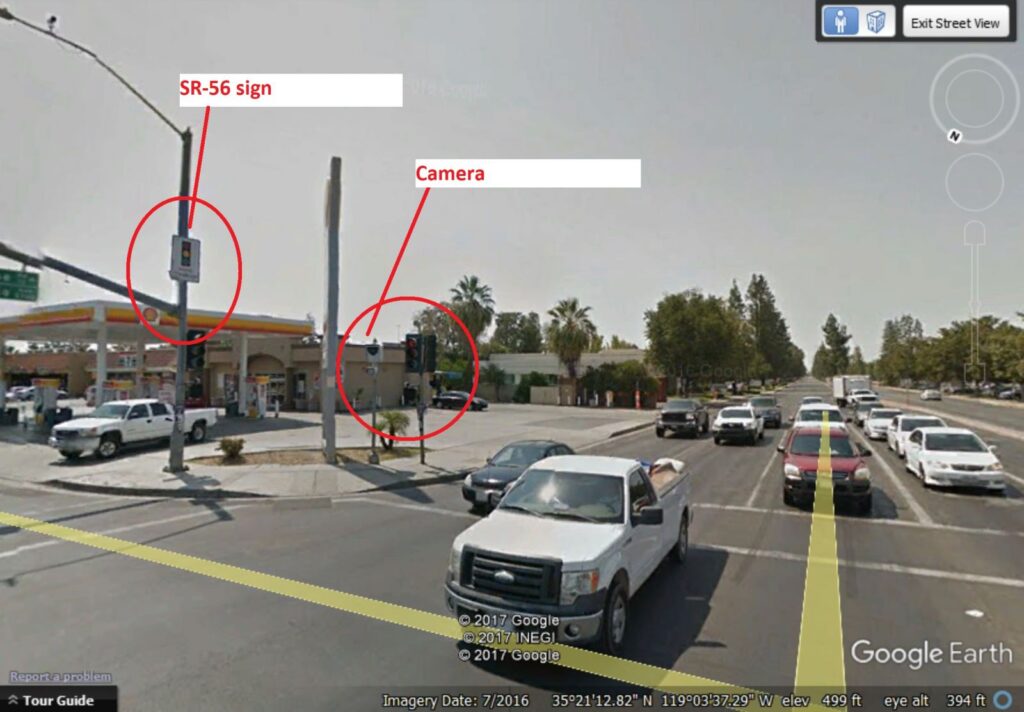
Costs vary by state and county, but typical red light camera ticket fees range from $50 to $500. Some cities also charge:
- Court processing fees
- Late payment penalties
- Points on your license (in some states)
Can I Contest a Red Light Camera Ticket?
Yes, you can dispute a ticket by:
- Scheduling a court hearing or online contest
- Arguing you stopped completely or the signal was not visible
- Proving someone else was driving (with evidence)
- Demonstrating technical errors or poor sign placement
Use your video footage as supporting evidence.
How to Avoid Red Camera Flashes During Turns
- Always come to a full stop, even for right turns on red.
- Stay behind the white stop line until it’s your legal turn.
- Watch for “No Turn on Red” signs.
- Don’t rush yellow arrows for protected turns.
- Leave space between vehicles to avoid being mistaken for the car ahead.
FAQs:
1. Can a red light camera flash even if I stop first?
Yes, sometimes a camera will flash even if you stopped fully before a right turn. If the system misinterprets your movement, it may trigger the flash, but you likely won’t receive a ticket.
2. Will I know right away if I got a ticket?
No. The flash only indicates potential violation. If authorities review the footage and determine a violation occurred, a ticket is mailed within a few days to weeks, depending on your jurisdiction.
3. Do red light cameras always issue tickets automatically?
No. Most systems include human review before a citation is issued. If the footage is unclear or the stop was legal, authorities may choose not to issue a fine—even if the flash was triggered.
4. Can weather or lighting conditions cause a false flash?
Yes. Rain, fog, or glare can occasionally interfere with sensors or timing, triggering a false flash. While rare, such incidents are usually filtered out during manual video review before any ticket is mailed.
5. Can I check if a red light camera citation is pending?
Some cities offer online tools to check using your license plate or VIN. Otherwise, wait for official mail. If you’re concerned, call your local traffic department to inquire after a flash.
Conclusion
Seeing a red light camera flash during a turn can be unsettling, but it doesn’t always mean a ticket is coming. Most often, it’s triggered by rolling stops, improper turns, or entering too late. Understanding how these systems work helps you avoid violations and unnecessary stress. Always come to a complete stop before turning, respect posted signs, and know your local laws. If you’re ever unsure, reviewing footage or contacting traffic authorities can help resolve confusion and prevent future mistakes.

